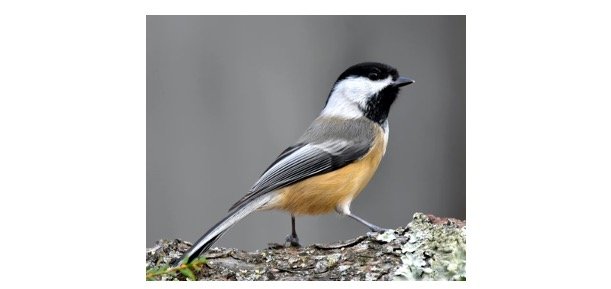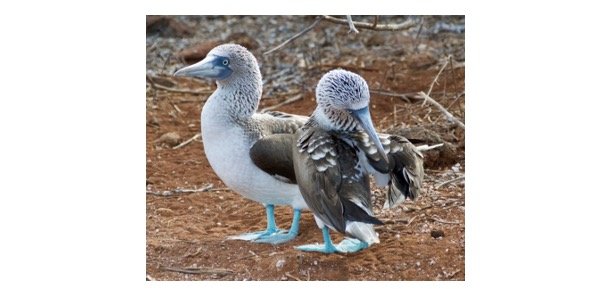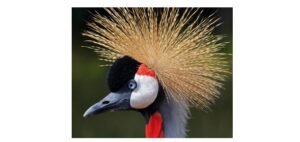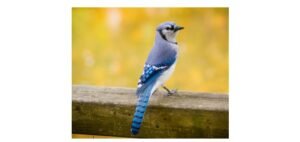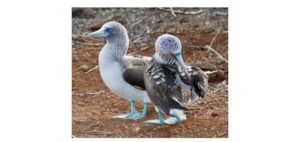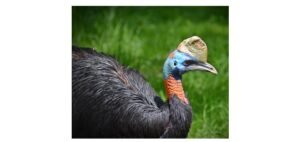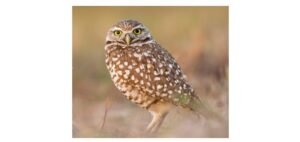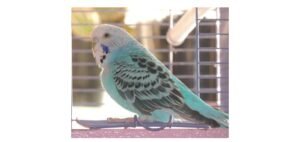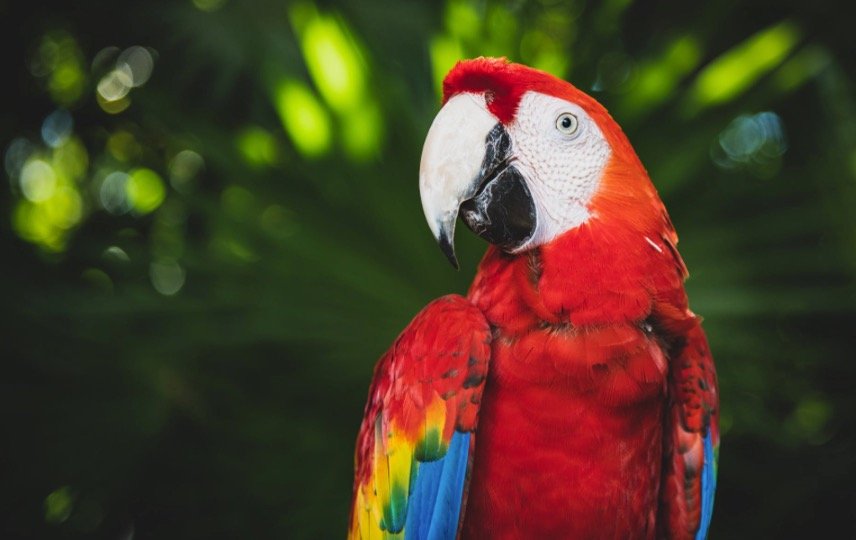
The Amazon parrot is an herbivorous creature belonging to the Animalia family, phylum Chordata, class Aves, order Psittaciformes, and family Psittacidae. Amazona is its genus. It is up to 10 to 20 inches in length and weighs up to 7.6 to 36 ounces, and its wingspan is up to 8 to 11.26 inches, with a lifetime of up to 100 years.
The Amazon parrot is a rapid-flying bird that feeds on nuts, seeds, berries, flowers, fruit, and leaves in the wild. The colourful feathers are the most distinguishing characteristic.
Amazon parrots are preyed upon by monkeys, birds of prey, and snakes. Physical features include yellow, red, blue, green, and purple skin colorations; feathers on the skin; and a potential flying speed of 50 mph.
Amazon Parrot Description
Amazon parrots, sometimes known as Amazons, are big parrots belonging to the Psittacidae family. They are primarily found in South America. There are 35 kinds and subspecies, and many of them may be trained to communicate in some way.
Big, strong bills and colourful plumage are physical characteristics that help them break nuts in their natural environment. High intelligence, curiosity, and a daring personality are mental characteristics. Continue reading to discover more about these amazing birds.
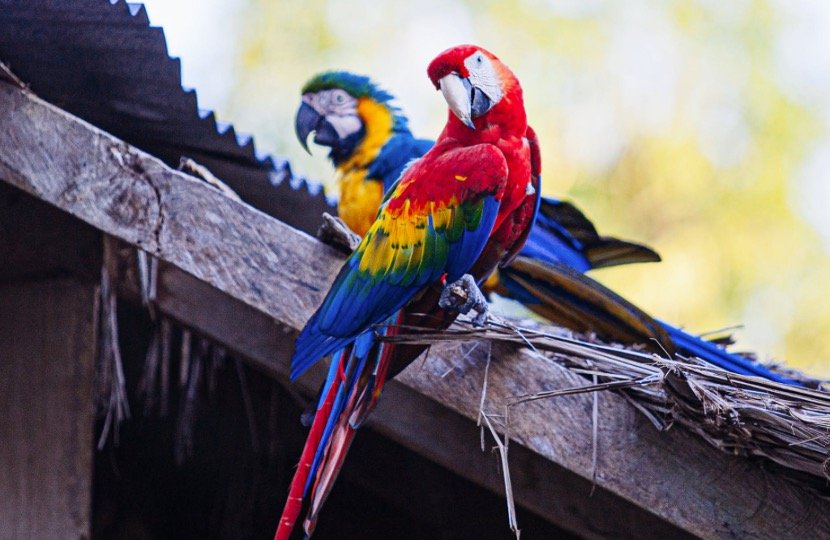
Amazon parrots are native to South America, the Caribbean, and Mexico, whereas feral parrots live in North America, Europe, and South Africa. Owners who find their pet parrots’ requirements or conduct too much to handle and release them are assumed to be the cause of these feral colonies.
Amazons like to make their nests in trees or cliff holes. A Cuban amazon that lives in the Bahamas’ Abaco is an exception. The earth is where these parrots make their nests. An amazon’s conservation status is determined by its species.
The red-spectacled Amazon of Argentina, for instance, is classified as endangered. The black-billed Amazon is critically endangered, the Cuban Amazon is endangered, and the white-fronted Amazon is not in danger.
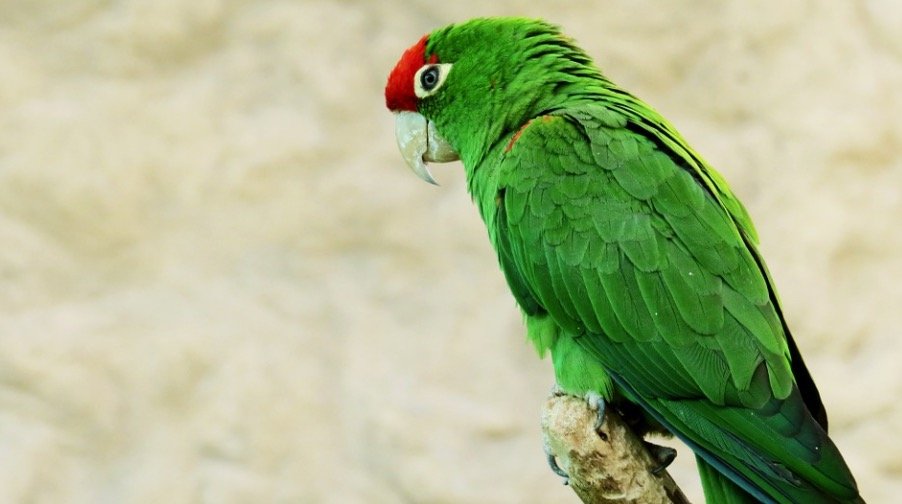
Fun Facts About Amazon Parrot!
• If you wish to keep an Amazon parrot as a pet, keep in mind that certain species may live up to a century.
• The national bird of St. Vincent and the Grenadines is the St. Vincent Amazon.
• Amazon parrots are found in Florida in approximately 12 different species. The majority of them reside in or near Miami.
• Some amazons have various vocal dialects depending on where they dwell, even if they aren’t talking parrots.
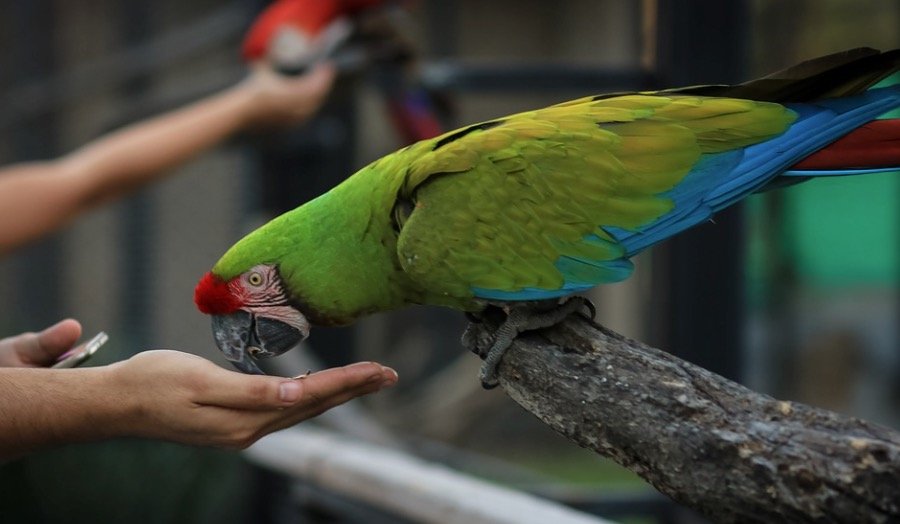
Various Amazon Parrot Species
Amazona is the scientific name for the genus. It basically means “Amazon.” After that, the epithets have a variety of meanings. The scientific name for the blue-fronted parrot, A. aestiva, means “summer.” A. brasiliensis is named after the Brazilian country.
The scientific term for the black-billed amazon, A. agilis, is “agile,” while A. ventralis means “of the belly.” Because of the red patch on its belly, this is the scientific name for the Hispaniolan Amazon.
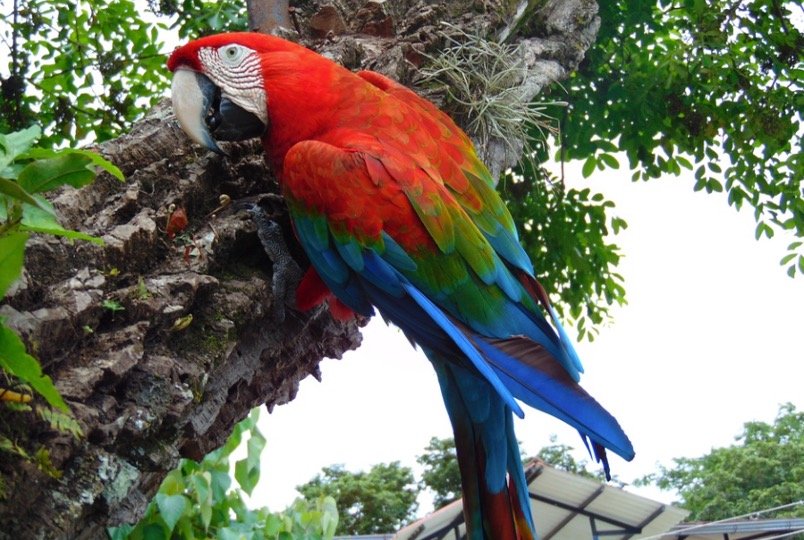
Amazon Parrot Appearance and Behavior
The Amazon parrot is a rather big bird. The white-fronted Amazon is 9 inches long, whereas the Imperial Amazon is 18 inches long. They are predominantly green, although they frequently have sections of vibrant red, blue, maroon, purple, and yellow.
In comparison to other parrots, their tails are short and their wings are round. Other characteristics include hefty, hooked bills for cracking nuts and other hard seeds, as well as zygodactyl feet for clinging to branches. Parrots have a bare cere, which is the fleshy part of the beak at the top.
Some male and female parrots, such as the blue-fronted Amazons, are difficult to distinguish. In certain parrots, the difference between males and females is only visible in the UV region, which humans cannot detect. In certain animals, males may be somewhat bigger than females.
Amazon parrots are gregarious species that migrate in big flocks. They also build their nests in the same location. The goal of this activity is to safeguard the birds from predators.
They communicate verbally as well as with gestures. Amazon parrots have a wide range of vocalisations that may be fairly loud. A scream, screech, growl, rumble, bugle, and squawk are all parrot sounds.
For the most part, Amazons are monogamous. The couple is the primary social unit that interacts with the greater flock.
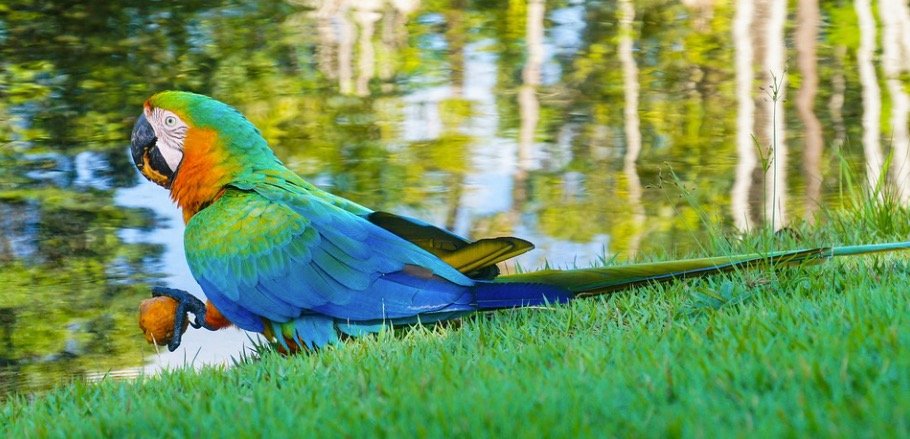
Can Amazon Parrot Be Good Pets?
Several factors influence whether or not an Amazon parrot is a good pet. The species is most likely the most significant. Some Amazon parrots require behaviour instruction to avoid becoming rebellious or even hostile towards their owners.
Another factor to consider is the conservation status of the parrot. Some parrots are threatened by the collection of their eggs and chicks in order to sell the birds as pets.
Because parrots are monogamous, it is best to get at least two of them, which can be costly. An Amazon parrot may cost anything from $400 to $1000. They also require a lot of space because of their size.
There’s not just the cost of the birds’ enclosure, but also the cost of their food, toys, and veterinary care. Parrots are dirty and require bathing at least once a year. A prospective owner should also keep in mind that a young parrot may outlive them and make plans for their care.

What Do Amazon Parrot Eat?
In the wild, these parrots eat nuts, seeds, berries, flowers, fruit, and leaves; they are herbivores. In captivity, they can be fed parrot-specific pellets supplemented with fresh fruits and vegetables.
They shouldn’t be given seeds and nuts all the time since they contain too much fat, and captive Amazons are prone to obesity. In fact, the parrot needs fresh water on a daily basis.
Amazon Parrot Predators and Threats
Humans are the most dangerous predators and risks to Amazon parrots, while adult birds evade predators by becoming enormous and flocking together. Parrots, including their eggs, are hunted for the pet trade, while larger parrots are hunted for food.
Human buildings, farming, and industry have either damaged or disrupted the habitat of these parrots. Predators are largely a threat to chicks and eggs in the wild. Hawks, snakes like the boa constrictor, and monkeys are among them.
Amazon Parrot Reproduction, Babies, and Lifespan
Biologists don’t know much about the reproductive strategy of many of these parrot species, but they do know that parrots are monogamous and reproduce seasonally. The majority of parrots reproduce in the spring or late winter, but the blue-fronted parrot breeds in the summer, thus its scientific name.
The female of most parrots builds a nest in a tree hole and lays two to five eggs, which she incubates for about a month. During this period, the male feeds her and subsequently assists her in feeding the vulnerable chicks. After around two months, the chicks are ready to fly.
Many of these parrots are unknown to biologists when they reach maturity, but blue-fronted parrots are thought to be mature when they are two to four years old. Amazon parrots are incredibly long-lived, with some living up to 100 years if properly cared for.
